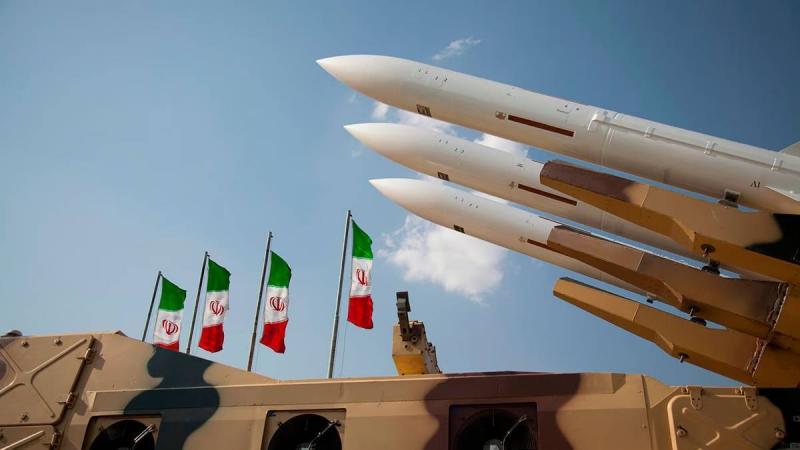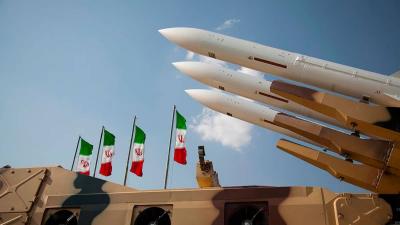The Houthis in Yemen, who vowed to respond to the U.S. and British airstrikes against their military sites on Thursday night-Friday, have developed significant military capabilities, especially in the aerial domain. They have launched missiles and drones towards Israel and commercial ships linked to it in recent weeks, according to their claims, in response to its war against Hamas in the Gaza Strip. After several warnings, the U.S. and Britain ended up attacking Houthi military sites, stating that this was to prevent threats to international maritime navigation.
The conflict in Yemen began in 2014, with Iranian-backed Houthis taking control of vast areas of the country, including the capital, Sana'a. The following year, Saudi Arabia intervened at the head of a military coalition in support of the government, worsening the conflict that resulted in hundreds of thousands of deaths and led to one of the worst humanitarian crises in the world.
The Houthis started developing their military air capabilities, beginning with ballistic missiles and cruise missiles, in addition to drones manufactured with Iranian materials and equipment, according to defense experts. The following are some of the most notable long-range weapons in the Houthi arsenal:
**Ballistic Missiles**
To reach southernmost Israel, the rebels controlling vast areas of the northwestern Yemeni coast must launch projectiles with a range of at least 1600 km. The Houthi arsenal includes "Tofan" ballistic missiles, essentially Iranian "Qadr" missiles that have been renamed, with a range between 1600 and 1900 km, according to Fabian Haines, a military expert at the International Institute for Strategic Studies. Haines noted that these missiles are "largely inaccurate, at least in the versions they have displayed, but are supposed to be capable of reaching Israel." In 2016, Iran tested "Qadr" missiles that struck targets approximately 1400 km away. Mohamed Al-Basha, the senior Middle East analyst at the American consulting group Navanti, stated that the Houthis revealed their stockpile of "Tofan" missiles weeks before Hamas launched its attack on Israel on October 7. The Houthis seized weapons from the Yemeni army when they took control of Sana'a and surrounding areas. Military officials among them have claimed that they have been able to manufacture missiles, armored vehicles, and drones. Riyadh and Washington have long accused Tehran of supplying them with weapons, which the Islamic Republic denies.
**Cruise Missiles**
The Houthis also possess Iranian-made "Quds" cruise missiles, according to Haines. Several versions of these missiles are available, some with a range of about 1650 km, "sufficient to reach Israel," according to Haines. In 2022, the Houthis announced the use of "Quds 2" missiles to target the Emirati capital, Abu Dhabi. At that time, the missiles traveled a distance of 1126 km from northern Yemen. The Houthis also launched "Quds 2" missiles in 2020 to target facilities in Saudi Arabia.
**Suicide Drones**
The Houthis claim to manufacture their drones locally, revealing them in a military parade held in Sana'a in March 2021. Their arsenal of unmanned aerial vehicles includes the Iranian "Shahed-136" drones, which are used by Russia in its war against Ukraine and have a range of about 2000 km, according to Haines. The Houthis also possess "Samad 3" drones. Haines states, "We do not know their range precisely, but it is assumed to be around 1600 km," and they have previously used them in attacks on the UAE and Saudi Arabia. The "Samad 3" can carry 18 kg of explosives, according to Houthi media sources and experts. A report from the Center for Strategic and International Studies in 2020 indicated that these drones "use GPS guidance and fly independently along pre-programmed waypoints" toward their targets.




